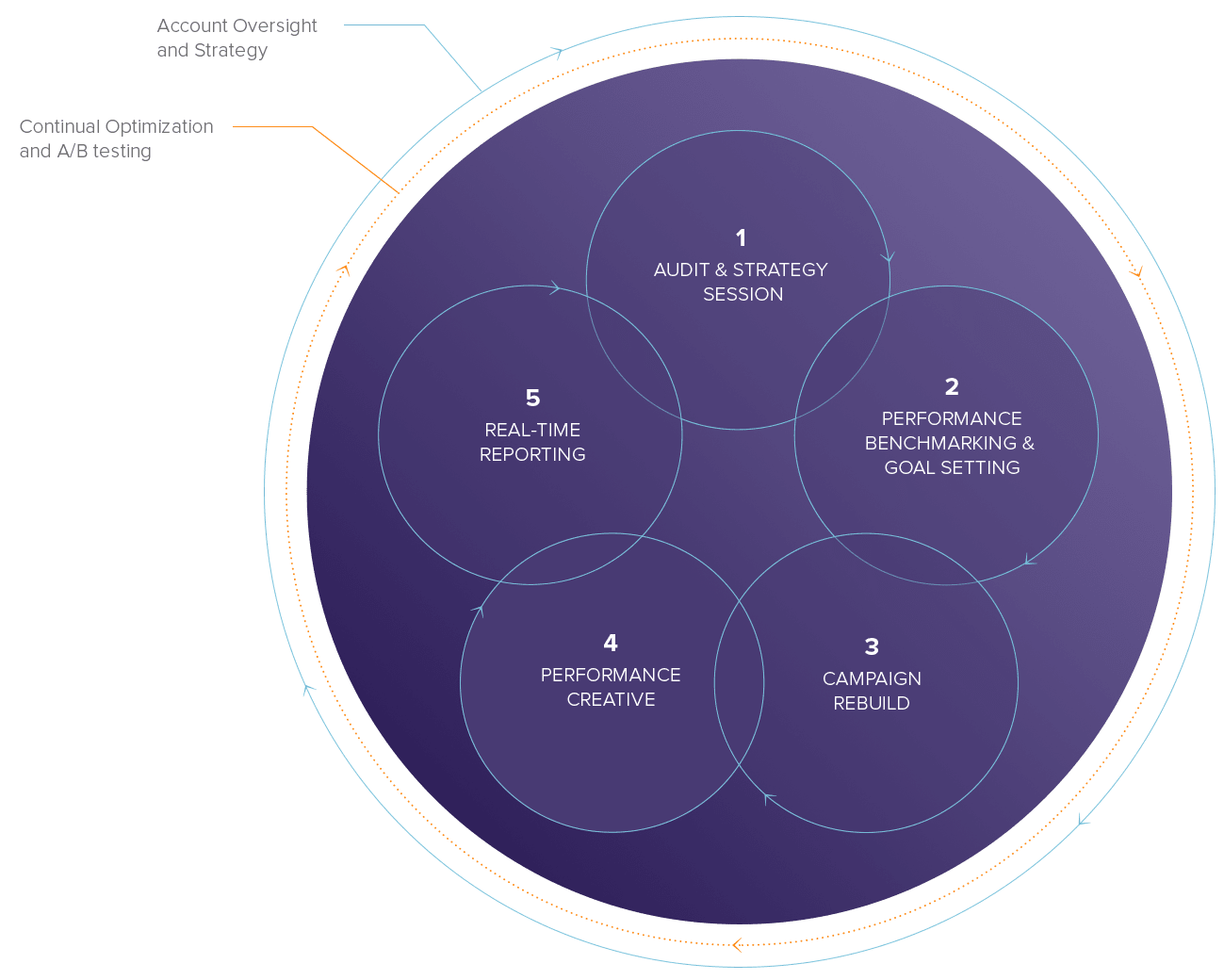Creating Segmented Remarketing Lists – Fun with Lists!
Last time, we told you about “Reaching Similar Audiences with Remarketing” in Google AdWords. This enables you to find people who share characteristics with your site visitors. By adding “similar audiences” to your remarketing campaign, you can show your ads to people whose interests are similar to those of your site visitors, allowing you to reach new and qualified potential customers.
Similar Audiences is the best way to grow your Remarketing campaign by leaps and bounds because it expands your remarketing audience by a factor of at least 3. But another feature of Google’s remarketing functionality can take your campaigns in a different direction. Instead of expanding the reach, you can narrow the reach based on specific criteria. This is called segmentation.

How Do I Get Started With Remarketing Segmentation?
You need to have a Google AdWords account. For the purpose of this article, we assume you have have AdWords and a Google Analytics account to measure traffic on your site. You don’t need to have Analytics to run remarketing ads on Google. But the segmentation features we’ll discuss below are all accessible there.
You will also need to update your Google Analytics code snippet. This new line of code gives Google demographic data that is necessary to allow you to initiate remarketing campaigns:
If you’re using Classic Google Analytics code snippet (ga.js):
Replace this:
ga.src = (‘https:’ == document.location.protocol ? ‘https://ssl’ : ‘http://www’) + ‘.google-analytics.com/ga.js’;
…with this:
ga.src = (‘https:’ == document.location.protocol ? ‘https://’ : ‘http://’) + ‘stats.g.doubleclick.net/dc.js’;
If you’re using Universal Analytics (analytics.js)
ga(‘require’, ‘displayfeatures’);
Once these steps are taken, determine how you want to segment your remarketing audience or list, what offers you’d like to promote, and how you want to deploy the remarketing campaign in Google AdWords.
Remarketing Segmentation Options
There are several ways to segment your remarketing audience (see Figure 1). Here’s a summary:
All Users – this is a basic list containing every single user who visited your website. Once a user visits your site, they get added to an audience or list, and they become eligible to be remarketed to.
Smart List – this list is based on historical conversion data from businesses like yours. Google will project which users are most likely to convert during later sessions. It is similar to the Similar Audiences feature we discussed above in that the users in this list have not been to your website before.
New Users – this list targets users who have never visited your site before the most recent time they visited. It’s a segmentation option created to let you capitalize on “fresh meat,” so to speak!
Returning Users – this list targets users who have visited your site already. You could use this to re-engage with users who are already familiar with your product or services.
Users who visited a specific section of my site – this list lets you set criteria by which to segment your audience. For example, you could create one list of visitors to your blog, and another of people who visited your main product or service page. You could then create remarketing offers specific to these 2 lists.
Users who completed a goal conversion – this segmentation option let’s you create a list of users who submitted a contact request form or downloaded a whitepaper. This is a high value list because these users took an action on your site. Thus, you can create a specific remarketing message to these users.
Users who completed a transaction – like the previous list, this one allows you to segment those who made a purchase on your website. This is an extremely high value list. To these users, you could promote additional offers such as replacement parts, service contracts, etc. Since these users made a purchase, you can remaketing a specific offer to them as a way to get them to purchase again.

Figure 1: This screen shows you which options you have when initiating the creation of a remarketing audience (or list of users). You can simply create a list containing every single users who visited your site, or you can use segmentation to create separate list, depending on your objectives.
Conclusion
It could be valuable to expand your remarketing activities and branding opportunities significantly through the use of Similar Audiences. And it can also be extremely valuable to segment your users into smaller, categorized lists that will let you promote customized messages and offers.
More On The Topic:
How to Track Phone Call Leads with Google AdWords












